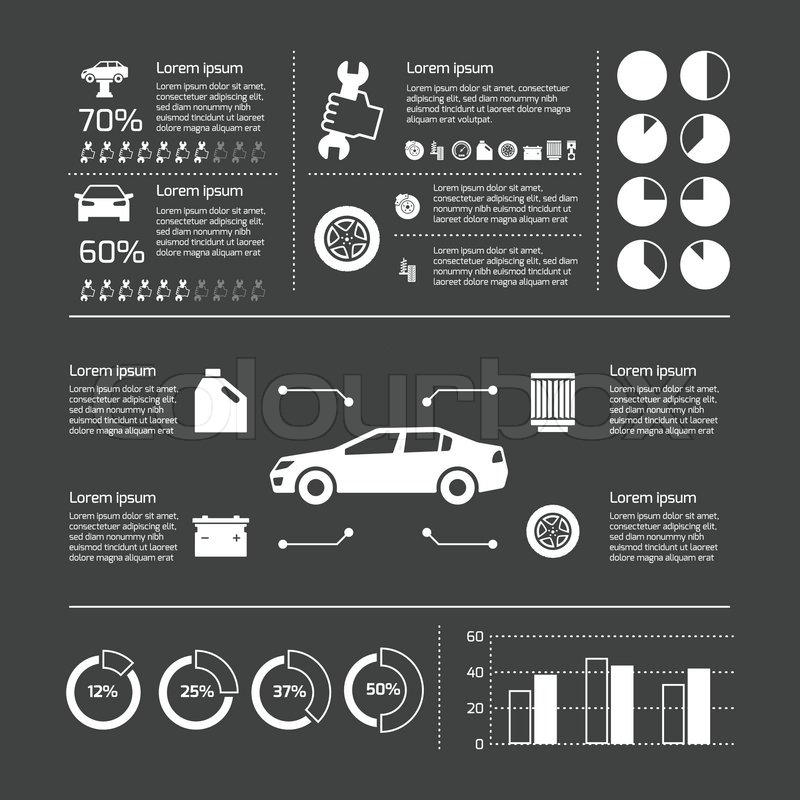Interested Regarding Those Dashboard Caution Lights In Your Auto? Learn What They Mean For Your Vehicle'S Health And Wellness
Interested Regarding Those Dashboard Caution Lights In Your Auto? Learn What They Mean For Your Vehicle'S Health And Wellness
Blog Article
Web Content Created By-Peck Crawford
When you're behind the wheel, those beautiful caution lights on your control panel can be a bit puzzling. Do you know what they're attempting to inform you regarding your car's wellness? Understanding the significance of these lights is vital for your security and the long life of your automobile. So, the following time among those lights appears, wouldn't you wish to decipher its message properly and take the required actions to address it?
Common Warning Lighting and Interpretations
Identify common warning lights in your cars and truck and recognize their significances to make sure safe driving.
One of the most typical caution lights consist of the check engine light, which signifies concerns with the engine or emissions system. If this light comes on, it's crucial to have your lorry inspected immediately.
The oil pressure warning light suggests low oil pressure, needing instant attention to stop engine damages.
A blinking battery light might recommend a faulty billing system, potentially leaving you stranded otherwise dealt with.
The tire stress monitoring system (TPMS) light alerts you to low tire stress, impacting automobile security and gas efficiency. Overlooking this could lead to harmful driving problems.
The abdominal light shows a problem with the anti-lock braking system, jeopardizing your ability to quit promptly in emergency situations.
Lastly, the coolant temperature level alerting light warns of engine getting too hot, which can result in extreme damages if not settled swiftly.
Understanding these typical caution lights will assist you attend to issues quickly and maintain safe driving problems.
Value of Prompt Focus
Understanding the common warning lights in your vehicle is just the first step; the significance of without delay attending to these cautions can't be highlighted enough to ensure your safety on the road.
When a caution light brightens on your control panel, it's your automobile's way of interacting a possible issue that needs focus. Neglecting these cautions can result in more serious issues later on, endangering your safety and security and possibly costing you much more in repairs.
Trigger focus to cautioning lights can protect against failures and mishaps. For instance, a blinking check engine light can show a misfire that, if left unattended, might create damage to the catalytic converter. Addressing this promptly can conserve you from an expensive fixing.
Similarly, a brake system alerting light could signal low brake liquid or worn brake pads, important elements for your safety and security when driving.
Do It Yourself Troubleshooting Tips
If you see a caution light on your control panel, there are a few DIY repairing suggestions you can try before seeking professional help.
The initial step is to consult your auto's handbook to understand what the particular caution light indicates. Sometimes the concern can be as basic as a loosened gas cap setting off the check engine light. Tightening the gas cap might resolve the issue.
https://www.wnep.com/article/news/local/luzerne-county/luzerne-county-auto-repair-closing-up-shop-after-93-years-in-business-larry-churnetski-daryl-metric/523-f2875077-8cfd-4d29-b70d-867823ce8d3d is a low battery, which can set off different warning lights. Inspecting jeep mechanic near me for rust and guaranteeing they're protected could deal with the issue.
If a warning light lingers, you can try resetting it by separating the vehicle's battery for a few mins and then reconnecting it. Furthermore, examining your vehicle's fluid degrees, such as oil, coolant, and brake fluid, can aid repair alerting lights related to these systems.
Verdict
In conclusion, recognizing your car's warning lights is vital for keeping your automobile running efficiently and safely. By promptly resolving these signals and recognizing what they imply, you can avoid pricey repairs and prospective breakdowns.
Bear in mind to consult your vehicle's manual for specific information on each alerting light and do something about it as necessary to ensure a trouble-free driving experience.
Keep informed, remain safe on the road!
